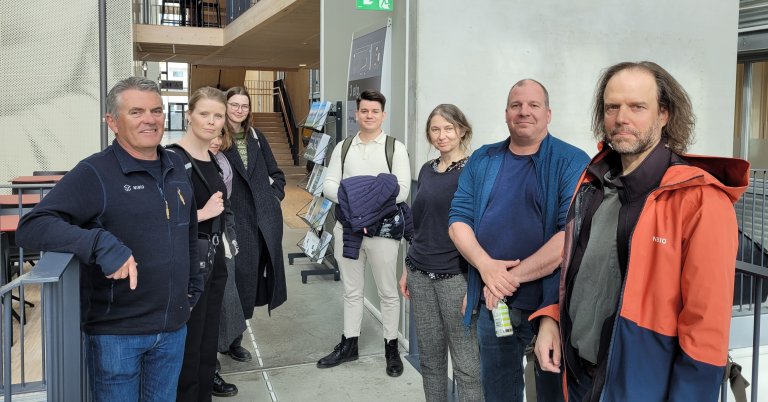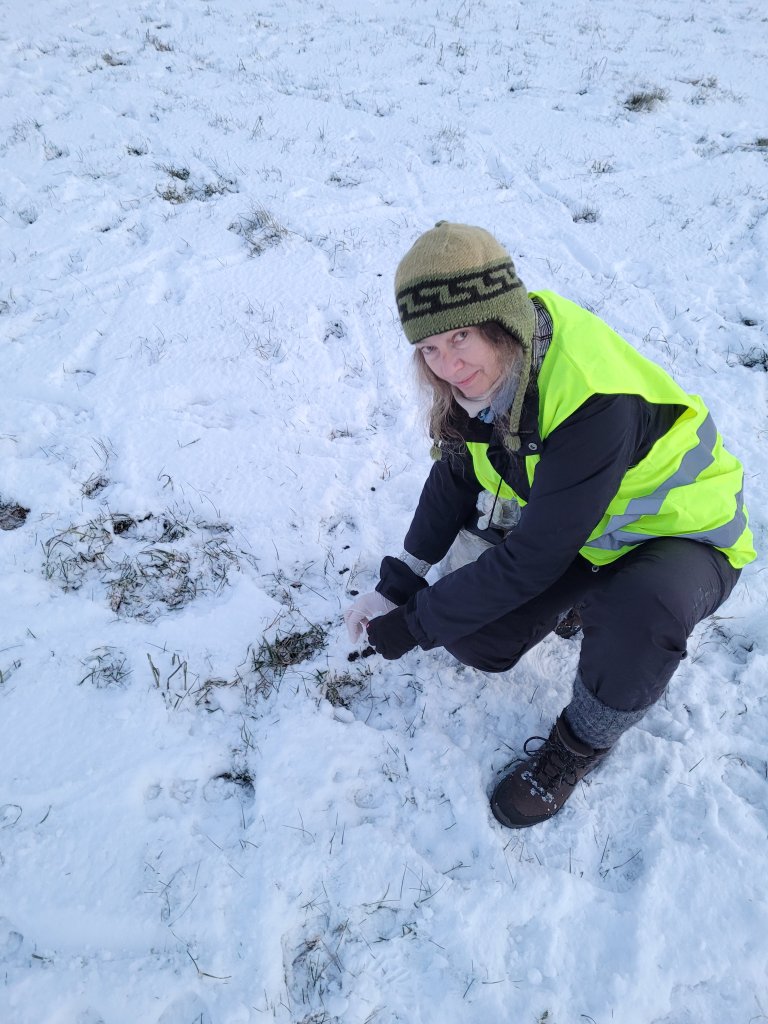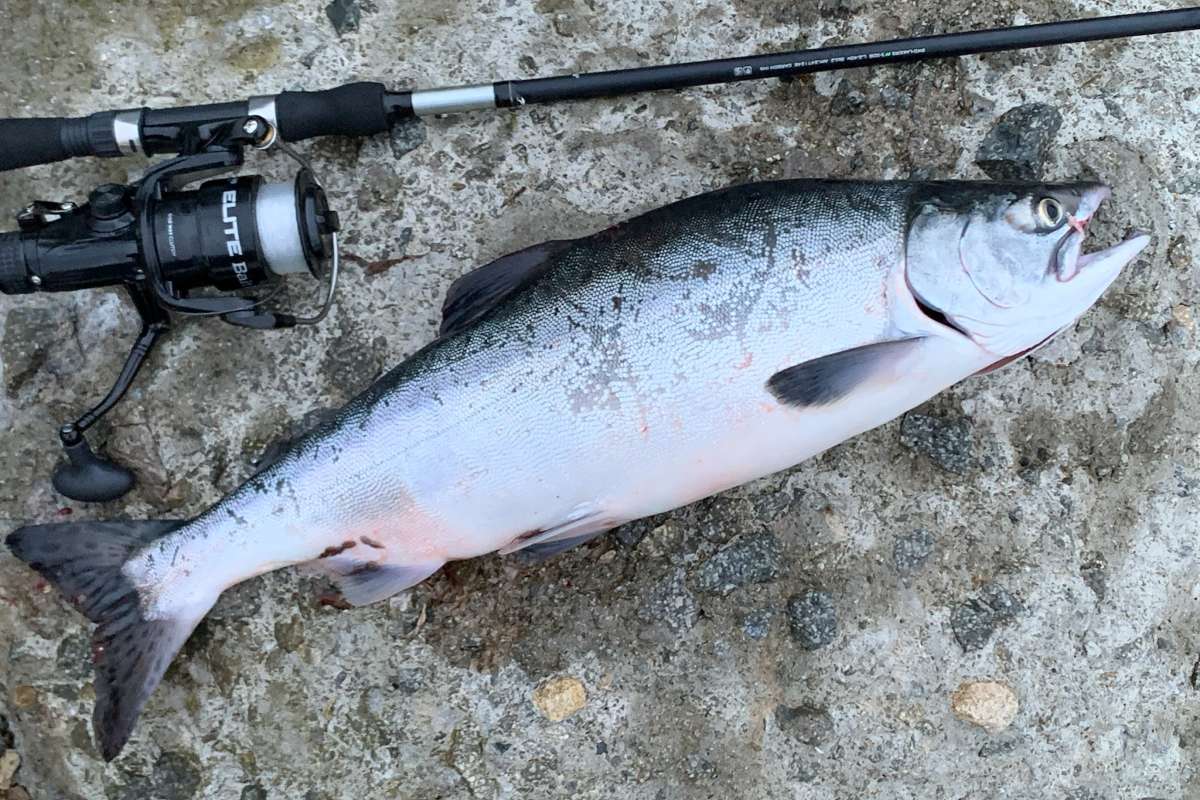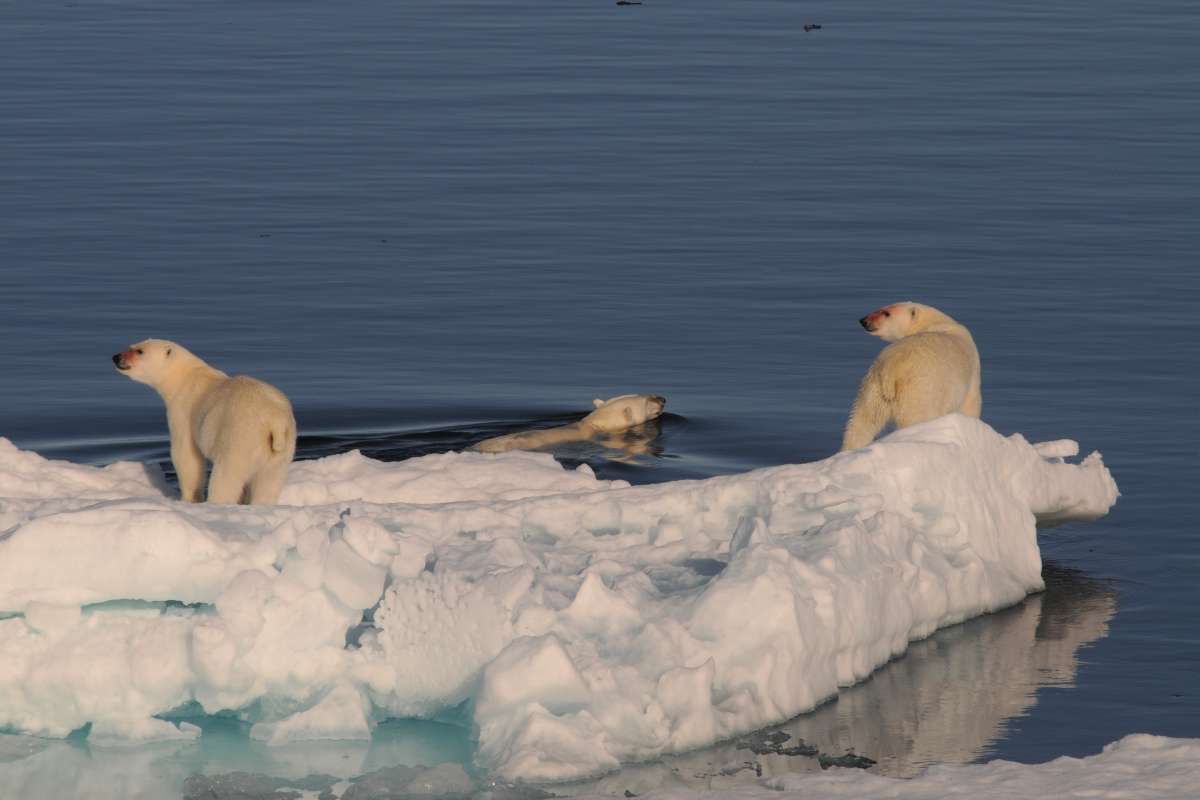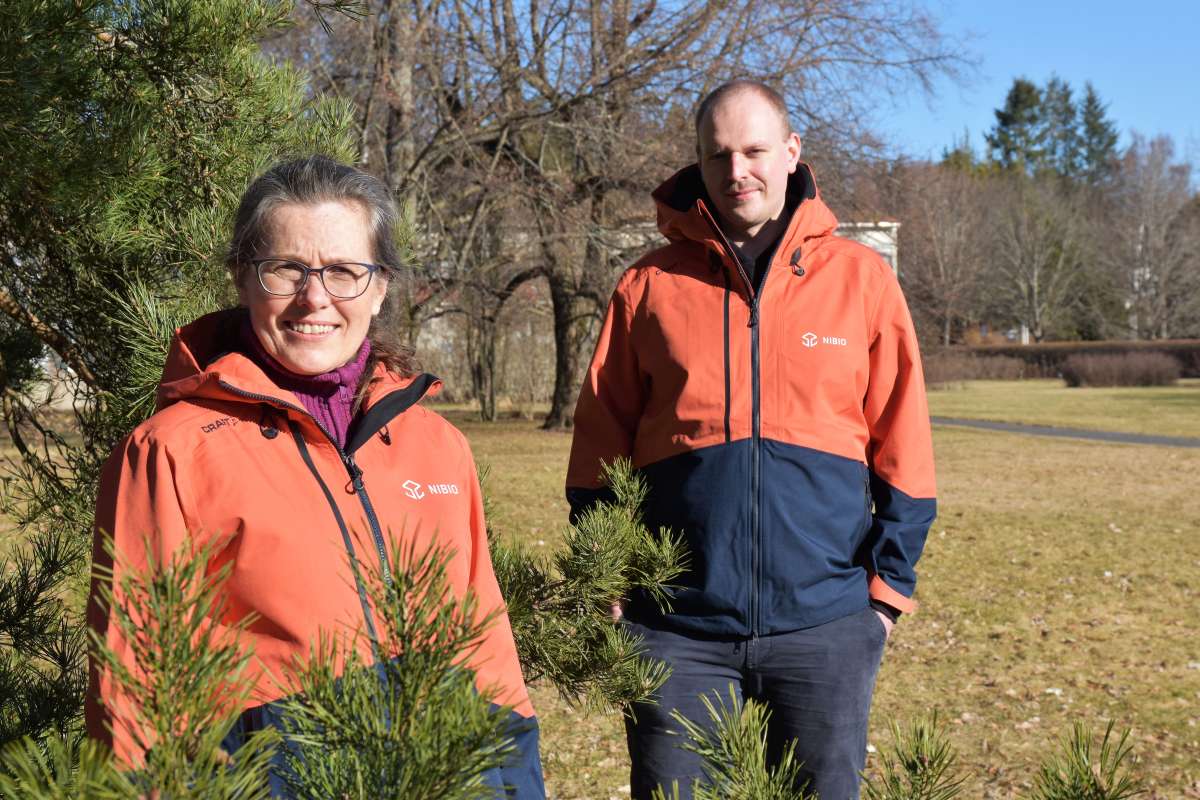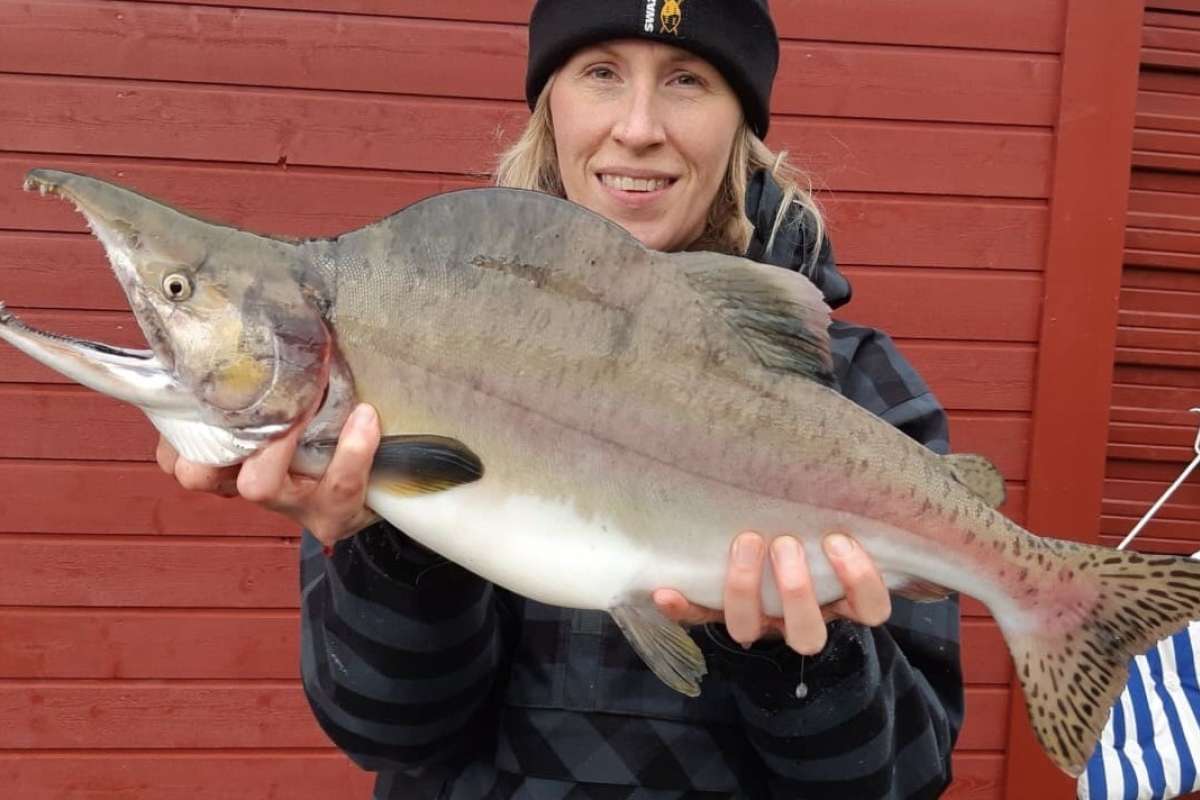Genetic advancements: monitoring northern Europe’s iconic wildlife species
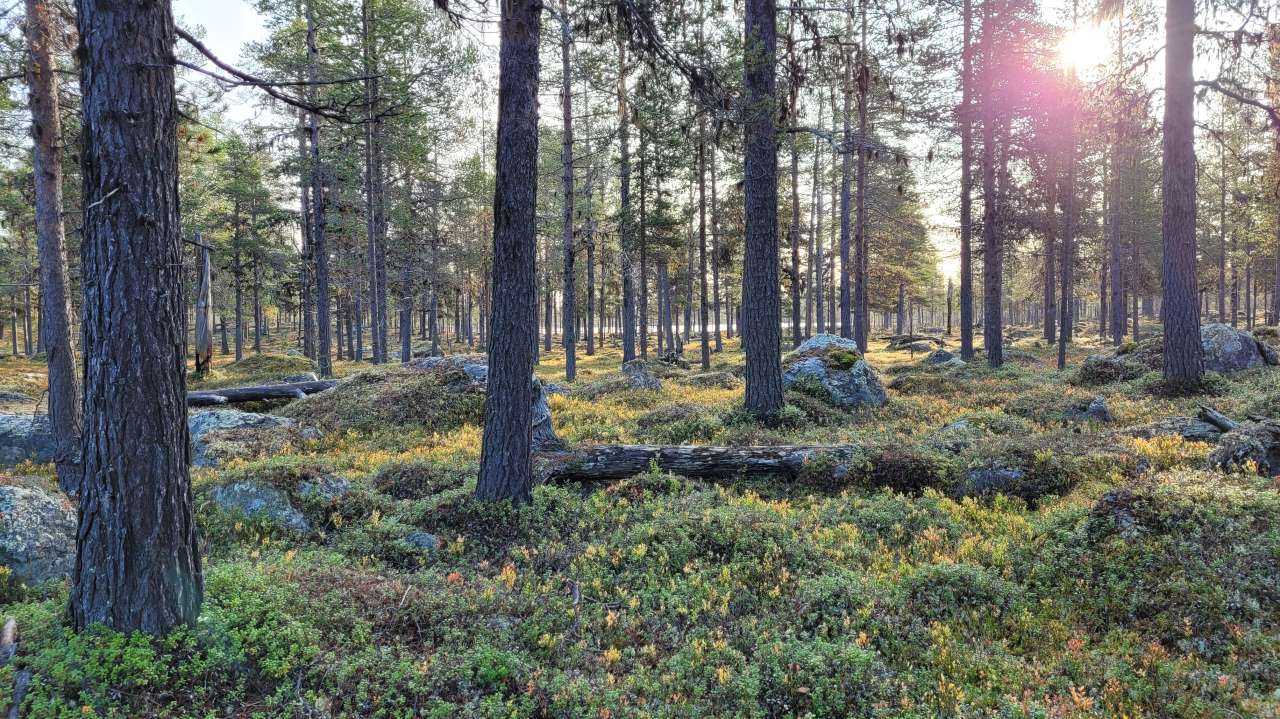
Photo: Tommi Nyman
Researchers at NIBIO are currently developing new molecular-genetic tools for non-invasive monitoring of three ecologically important species in northern Europe, namely reindeer, moose, and brown bear.
Managing wildlife populations and semi-domesticated reindeer demands intricate knowledge of their behaviour, diet, health, and reproduction. Yet, gathering such detailed data is a daunting task, especially in areas where the animals cross national boundaries as part of their natural movements.
Northern Norway, bordered by Russia, Finland, and Sweden, faces this challenge. Animals crossing these borders might introduce new diseases, underscoring the critical need for continuous monitoring to safeguard the health of both domestic animals and native wildlife.
Researcher Dr Cornelya Klutsch at NIBIO Svanhovd works with international conservation issues in arctic and subarctic environments, which includes population genetic and wildlife forensic analyses of large carnivores and freshwater species. She says that understanding wild animal populations significantly hinges on labour-intensive techniques, involving the marking of animals with radio devices and subsequently recapturing them for further sampling. Insight into the animals’ diet and health often stems from sampling live animals during capture or from necropsies of deceased animals.
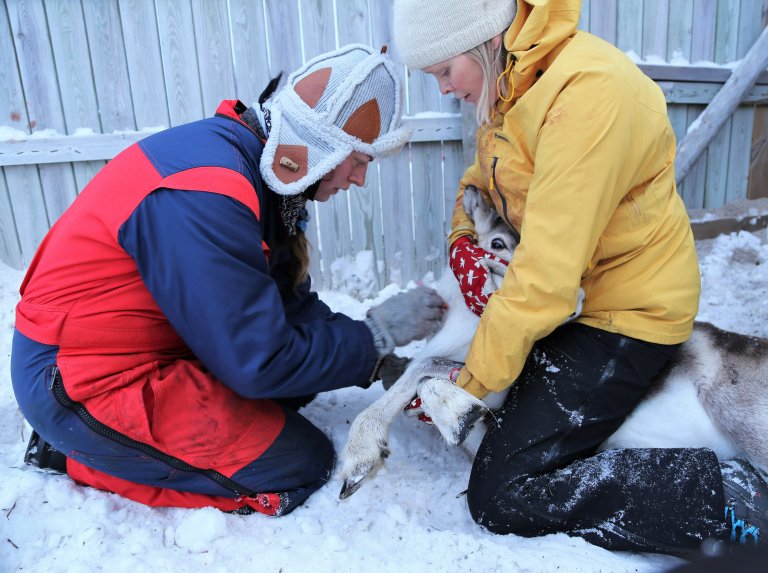
“Due to their high cost and labour-intensive demands, these methods are increasingly being supplemented with molecular-genetic approaches,” Dr Klutsch says.
“These new techniques enable the identification of individuals and the assessment of their health and dietary habits through non-invasive means, such as analysing DNA extracted from hair and animal droppings.”
Methods based on non-intrusive genetic tracking, notably using faeces, have significantly transformed the monitoring of large carnivore populations in northern Europe over the past 15 years. Scat samples collected from the field contain not only the DNA of the animal, but also genetic information about its diet, parasites, pathogens, and gut microbes.
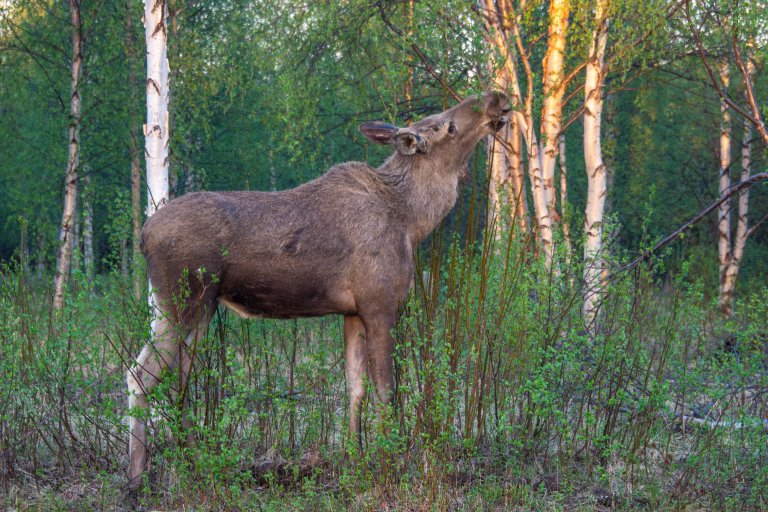
Speedy and efficient analyses
Methods based on high-throughput sequencing (HTS) are increasingly used to read and understand genetic information from organisms. Instead of examining just one or a few genes at a time, HTS allows scientists to read and analyse large amounts of genetic material, like an entire genome, quickly and efficiently.
“It's like taking a massive snapshot of an organism's DNA, revealing large parts of its genetic make-up, which helps us understand more about traits, diseases, and relationships between different species,” Dr Klutsch explains.
Together with colleagues at NIBIO Svanhovd and researchers from three other Norwegian institutions, the researcher is now looking into ways to use HTS for wildlife monitoring in the project RemoTnitor.
“In order to use HTS-based approaches for inferring the diet and health of individuals from large numbers of scat samples, we need to develop what we call GT-seq genotyping panels first,” she says. “These are sets of genetic markers – a bit like signposts on a road, or a genetic fingerprint, that we can use to separate and identify individual animals based on specific parts of their DNA.”
The genetic markers help the researchers figure out differences between individuals or groups by looking at particular spots in an organism's DNA. The panels are customised for studying specific animals such as reindeer, moose, or bears, and make it easier to study their genetic information efficiently and accurately.
“Once we’ve developed cost-effective and powerful GT-seq panels for the different species, we use the panels for the identification of thousands of non-invasively collected samples every year. This is essential when making individual-level conclusions within species boasting large populations,” says Dr Klutsch.
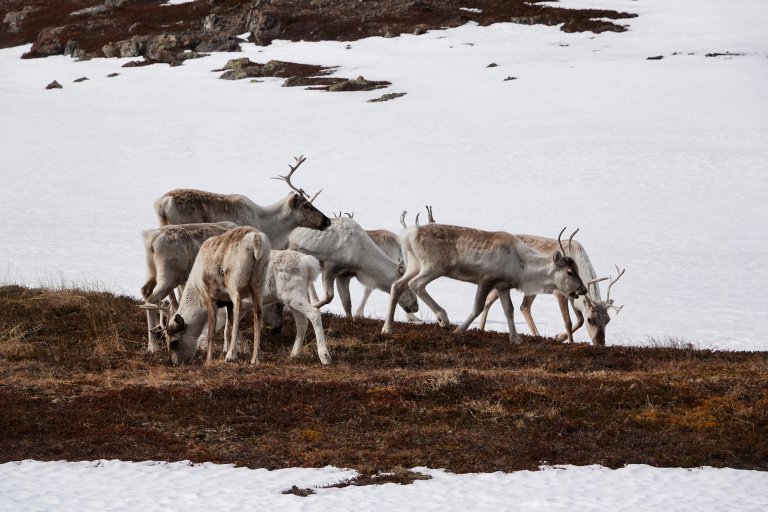
Early warnings for new diseases
Molecular-genetic methods are not just about identifying individuals; they provide insights into various crucial factors like diet, diseases, parasites, genetic diversity, inbreeding, and relationships among the animals. By employing the methods consistently over time, researchers can obtain unique information that will benefit research, management, and the animals’ livelihoods.
“Faecal samples have proved to be invaluable sources of information. They contain not only the DNA of the animal itself, but also DNA from the plants or animals they consume,” says Dr Galina Gusarova, researcher at the Arctic University Museum in Tromsø. “This treasure trove of genetic information enables us to understand both the animals and their interactions with the environment.”
Senior researcher at the Norwegian Veterinary Institute, Dr Ingebjørg Helena Nymo, underscores that cross-border migration among wildlife populations and reindeer herds can potentially contribute to the spread of pathogens between countries. Climate change may also alter the disease prevalence in an area.
“As the climate changes, host-pathogen interactions may change, or new diseases may spread from more southern regions,” she says. “The genomic methods we are developing can serve as early warning systems for emerging diseases. Among other things, this kind of information is useful for the development and implementation of measures to mitigate disease transmission between animals.”
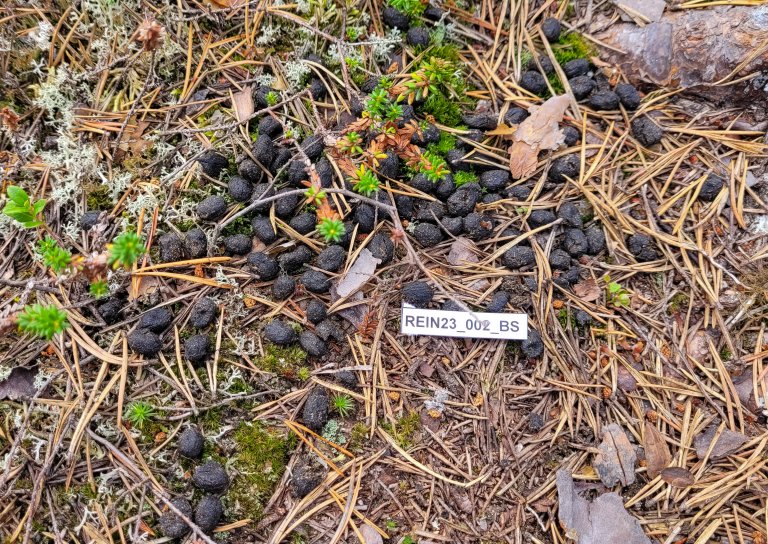
Citizen science is key
For an approach based on comprehensive genetic monitoring to work, it is crucial to build a network and collaboration among different sectors and stakeholders, including reindeer herders and moose hunters.
Dr Tommi Nyman, RemoTnitor’s project manager and researcher at NIBIO Svanhovd, says that efforts have been made to reach out to these groups to acquire additional faecal and tissue samples.
“Collecting samples from various reindeer herding districts and moose populations is instrumental in developing and testing various methods, and contribute to the establishment of a long-term biobank,” he says.
NIBIO has had success with this approach when it comes to the collection of samples from brown bear faeces and hair, samples of which are regularly submitted by both hunters and others. Through extensive collaboration, the database at NIBIO Svanhovd’s DNA laboratory now consists of more than 16,000 samples from more than 3,500 bears from, among other places, Norway, Sweden, Finland, Russia, Canada, and the USA.
“We hope to achieve the same with reindeer and moose. If we succeed, it will be a significant leap in how we understand, protect, and sustain these three economically and culturally important large mammal species in Norway,” Dr Nyman says.
“It can also serve as a compelling demonstration of the transformative impact that genomics can have on wildlife conservation and overall management practices.”
Contacts
RemoTnitor (2023-2031)
New methods for integrated non-invasive genetic monitoring of semi-domesticated reindeer and wildlife based on high-throughput sequencing approaches (RemoTnitor) (2023-2026) is a collaborative project between the Norwegian Institute for Bioeconomy Research (NIBIO), the Norwegian Veterinary Institute (VI), Norwegian Institute for Nature Research (NINA), and The Arctic University Museum, UiT The Arctic University of Norway. The aim is to produce powerful tools for non-invasive assessment of animal identity and relatedness, diet, and health based on genetic analyses of field-collected scat samples, and thereby enable more efficient surveillance and management of reindeer and wildlife in the North.
Project manager is Dr Tommi Nyman, researcher and genetic expert at NIBIO. The project is funded by the Ministry of Climate and Environment through FRAM – High North Research Centre for Climate and the Environment (The Fram Centre).
